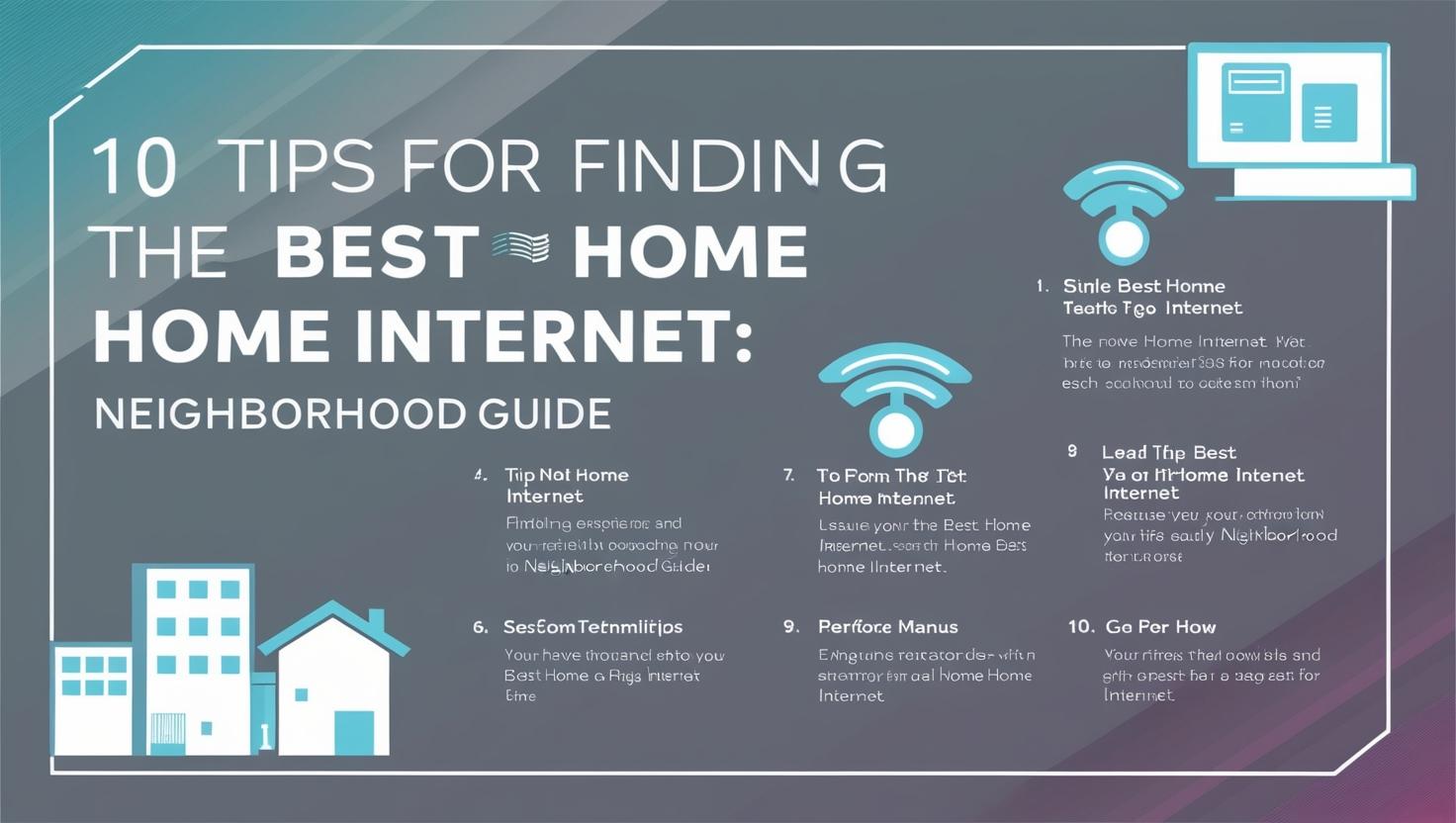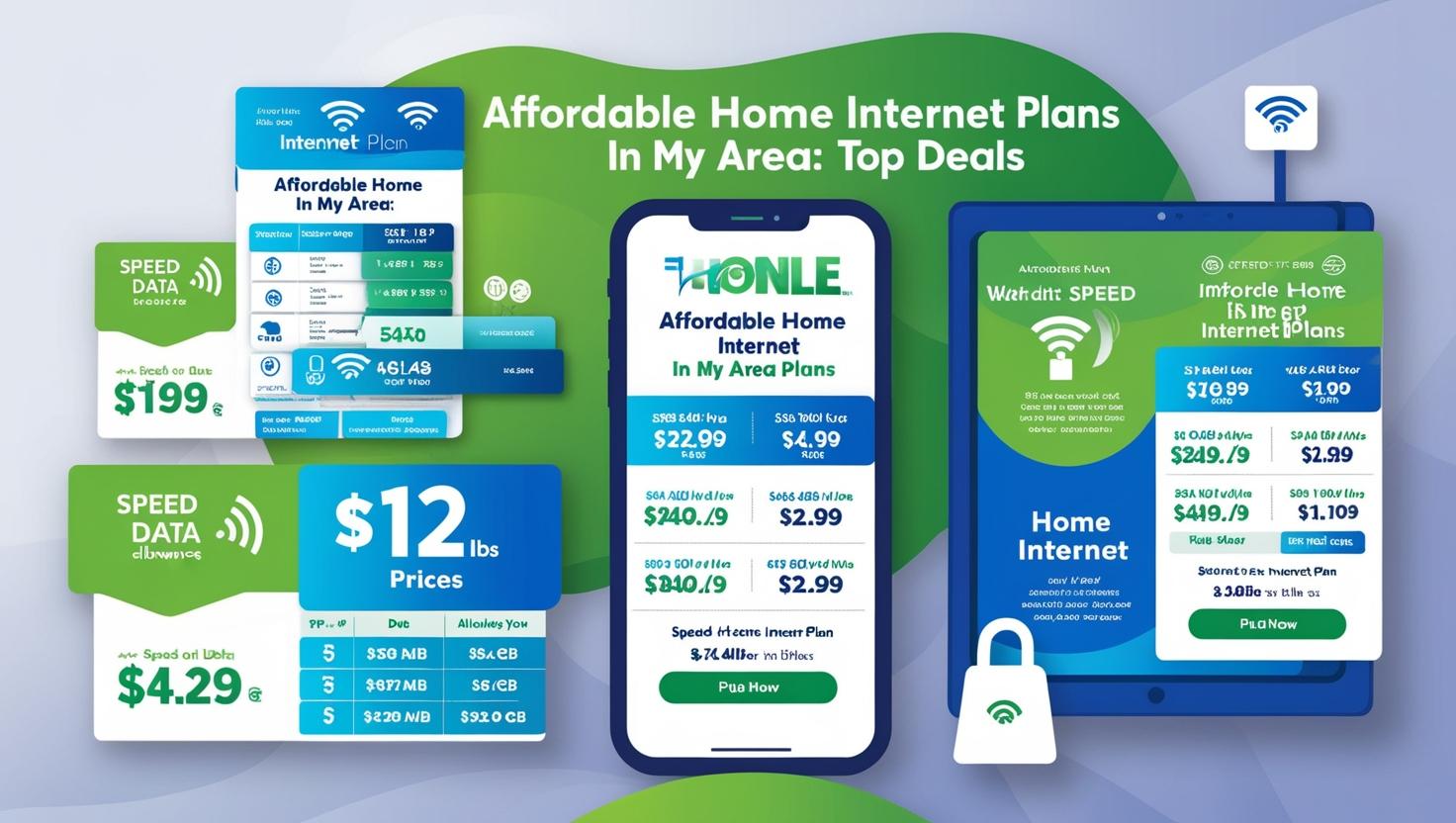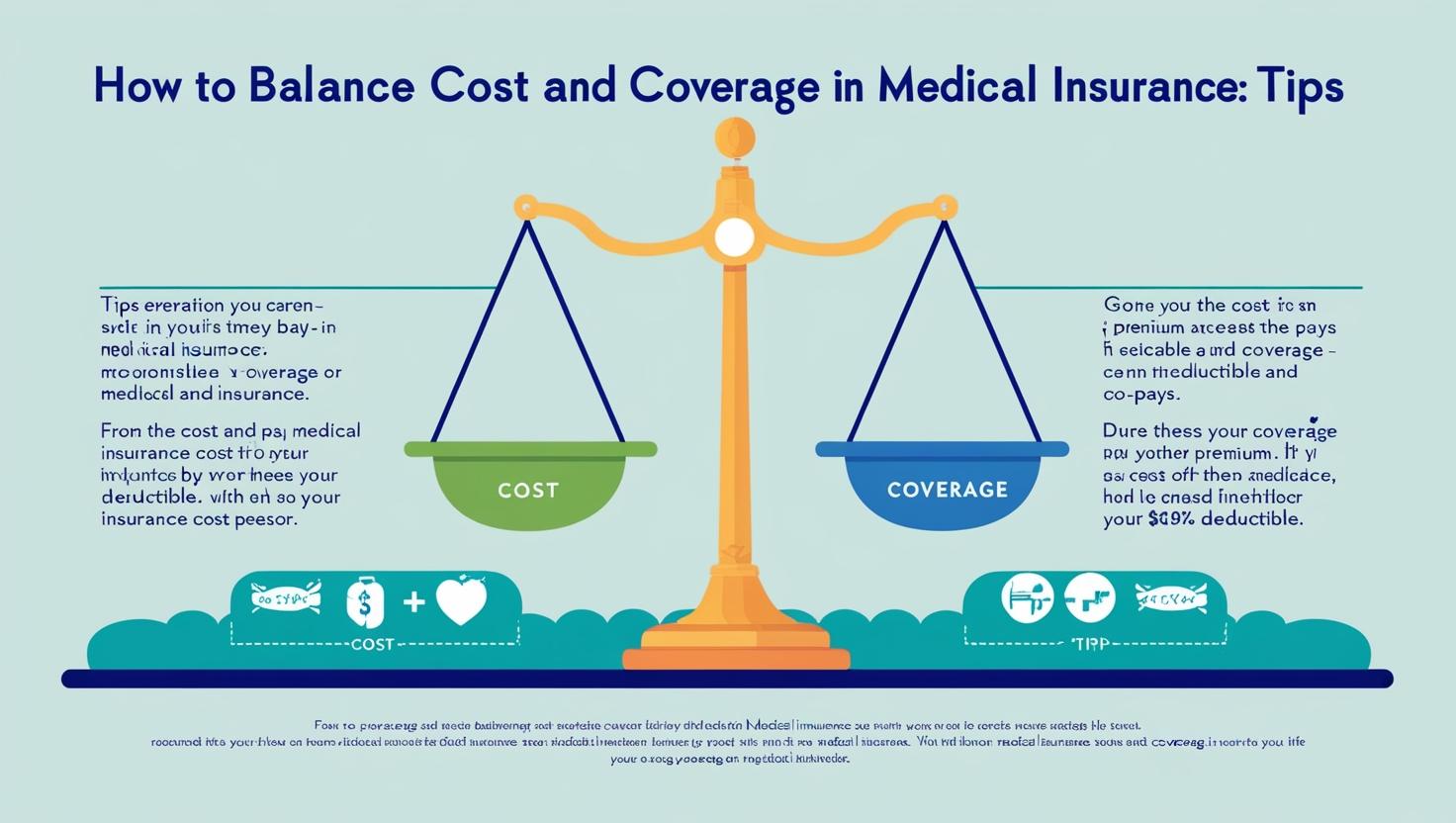What to Search For in a 4K TV
Shopping for a new tv is often an overwhelming experience. Confusion plagues even the most cautious shoppers, and Television companies, retailers, salespeople and several World-wide-web sources can develop far more uncertainty as they push additional capabilities, new technologies, and add-ons within the incessant pursuit of profit.
Sorts
LED TVs
LED (light-emitting diode) TVs are the most popular Tv variety available, delivering excellent all round picture top quality. LED TVs are a excellent option for all lighting conditions, especially well-lit rooms. They generally have extremely thin profiles, allowing for easy placement in any viewing space. LED TVs are actually part from the LCD Tv family, together with the LEDs providing advanced edge-lighting or backlighting.
LCD TVs
LCD (liquid-crystal show) TVs supply high-quality HD performance, generally at extremely affordable prices. LCD TVs produce vibrant colors and carry out best in well-lit rooms. Even though not as thin as most LED models, LCD TVs still present really slim profiles. Practically all LCD TVs are backlit by CCFLs (cold cathode fluorescent lamps).
Plasma TVs
Plasma display panels (PDPs) deliver superb picture quality with rich, vibrant colors and deep blacks. Plasmas are exceptional at displaying fast-moving action with minimal blurring. They carry out finest in dark or low-lit rooms and supply wider viewing angles than most LED or LCD TVs.
OLED TVs
OLED (organic light-emitting diode) TVs supply an extremely higher degree of color accuracy, wonderful contrast, wide viewing angles and a image that is virtually blur-free. Every a single from the millions of pixels is individually illuminated, producing true blacks and a brilliant range of colors. OLED technologies also allows for extraordinarily thin screens.
Size
Maybe the most essential selection you’ll have to produce is to select the appropriate size. Once upon a time, most TVs had been the same size, with anything above 40 inches considered “big.” Now, TVs are available in just about any size that will fit by way of your front door and even some so significant that they almost certainly won’t.
When most shoppers will automatically look in the largest Television they can afford, larger isn’t always very best. A Tv too large for your viewing distance may be just as annoying as watching a Tv that’s too small. If you have ever been stuck in the front row at the movie theater for the duration of an action flick, you have felt the pain of a sore neck and strained eyes. So if you might have only a certain amount of space in your Television room, let that guide you in choosing a screen size. If you’ve a larger room and flexible seating options, you may be additional flexible together with the Television dimensions.
Sitting too close to your LED Tv will also make the screen door effect more visible. So, you will want to pick a Tv and place it at a distance that finds the balance between being close enough to take advantage in the resolution, but nonetheless far away enough to give everyone watching a good viewing angle.
Resolution
Resolution describes the sharpness of the Television image, generally in terms of horizontal lines of pixels. A bargain HD set may support only 720p, which implies the set displays 720 lines scanned progressively (or in a single pass). Most HDTVs currently – along with the ones you should consider – support the 1080p HD format, also called Full HD, which has 1,080 lines of resolution. Even within the smallest Television sizes, we recommend avoiding 720p models.
Tv suppliers are rapidly shifting over from HDTVs to Ultra HD sets (also called 4K). These 4K models have 4 instances the amount of pixels as current HDTV screens. The biggest benefit of 4K TVs is the fact that small objects around the screen have a lot more detail, including sharper text. Overall, images appear richer and extra lifelike than on an HDTV, but the benefits can be subtle.
Ultra HD video appears excellent, if you can find it – there are actually no 4K broadcast or cable channels, and there is only a handful of streaming options available so far (most notably, a few programs from Netflix, rentals from Amazon and specialty services such as UltraFlix; Dish Network and DirecTV are rolling out 4K download services). Though Ultra HD sets can upscale existing HD content, the results can be mixed and do not look as sharp as original 4K programming.
For now, 4K TVs (with 2,160 horizontal lines, or 3840 x 2160 pixels) are greatest if you want to sit closer to your Tv: You can get twice as close as compared to an HDTV before you see the grid of pixels. But again, there are actually quite couple of movies and shows accessible within the 4K format, so you will practically exclusively be watching upscaled HD content for some time to come.
With those provisos, Ultra HD Tv models are supplanting conventional HDTVs. Vizio, for example, has only 1 HDTV line left in its new 2015 model lineup. And costs are coming down: Vizio’s 65-inch P-Series Ultra HD is just $1,800.
If you are trying to determine, just remember that full HD 1080p is still probably the most common screen resolution today, but 4K can be a good idea if you want to futureproof your investment.
If you beloved this article and you would like to be given more info about OLED TV Reviews kindly visit the site.






























